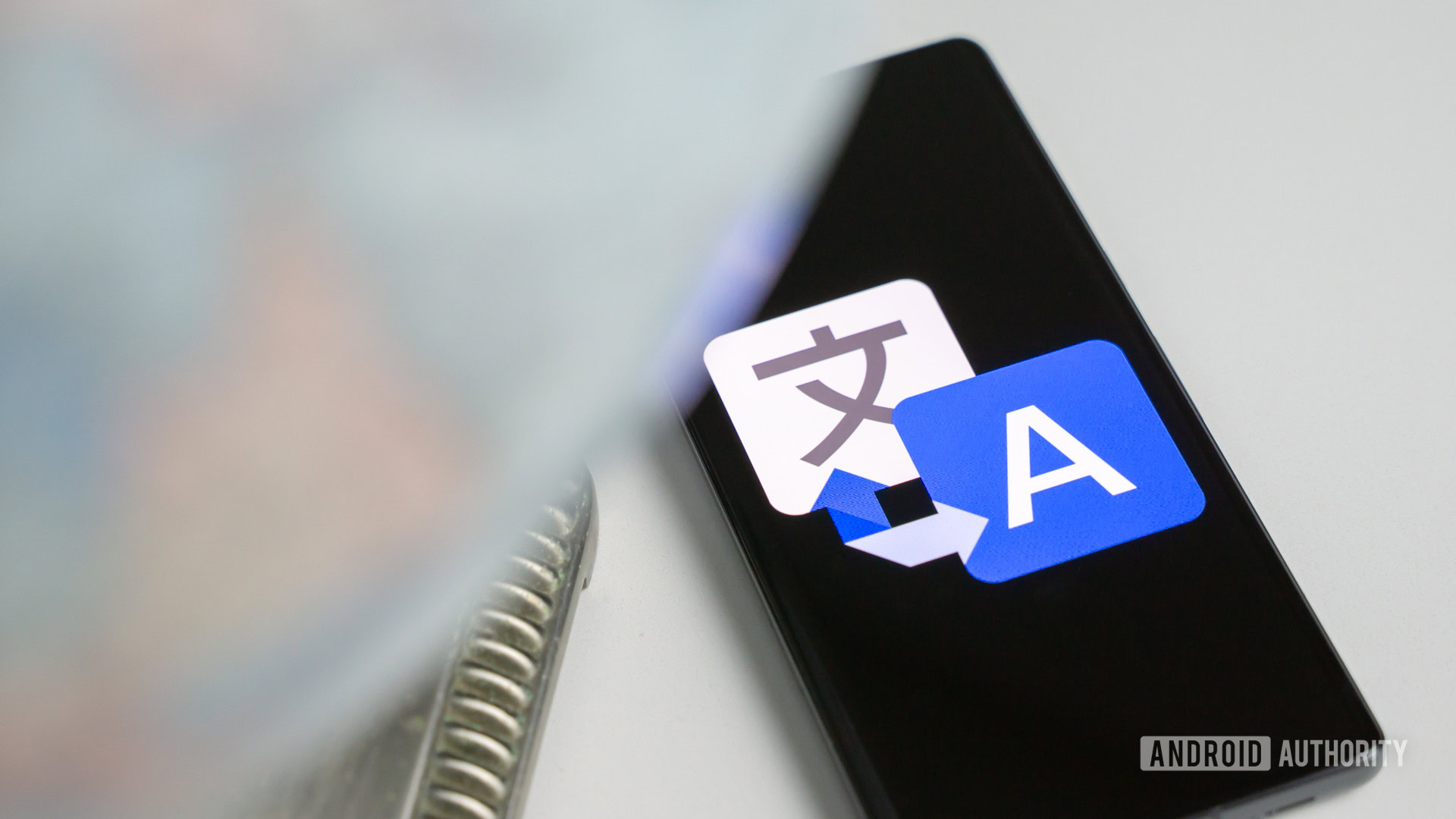Affiliate links on Android Authority may earn us a commission. Learn more.
Google Translate has learned 110 new languages, all thanks to generative AI

- Google Translate is now using generative AI to learn new languages.
- The app has now gained 110 new languages, including Cantonese and Portuguese (Portugal).
- Google aims to reach 1,000 supported languages in the near future.
Google Translate already supports dozens of languages but the list still doesn’t include thousands of lesser-known ones. That’s finally changing as Google has started using generative AI to learn these relatively obscure languages. And today, the company has announced support for 110 new languages.
The list of new languages include some familiar names like Cantonese, which the company says has “long been one of the most requested languages for Google Translate.” Primarily spoken in parts of South China, Cantonese shares the same writing system as Mandarin. In the past, this overlap made it difficult for Google to gather enough unique data to teach its machine learning models the differences between these two languages. Generative AI finally helped bridge that gap.
According to a recent Google blog post, the company’s last-generation PaLM 2 large language model proved instrumental in learning closely related languages. It offered examples like Awadhi and Marwadi which bear some resemblance to Hindi. Similarly, Creole languages, based on French, are spoken in Seychelles and Mauritius but have minor variations between each other.
Google aims to add translation support for at least 1,000 languages, which is still a far cry from the estimated 7,000 total languages spoken worldwide. The company says that differing regional dialects and spelling standards, even within the same language, have posed challenges, but AI advancements have significantly improved their progress.”
Just last month, I wrote about why I favor ChatGPT over Google Translate while traveling — in short, generative AI indeed delivers better results than machine translation in the real world. Similarly, Google relied on PaLM 2 to understand the intricacies of Afar, a tonal language spoken in Ethiopia. With any luck, the company will also adopt this AI-driven approach to improve the translation quality of languages it already supports in Translate.
You can find a full list of the 110 new languages added to Google Translate on a new support page. Some highlights include Portuguese (as spoken in Portugal instead of Brazil), Tibetan, Sicilian, and Tahitian.